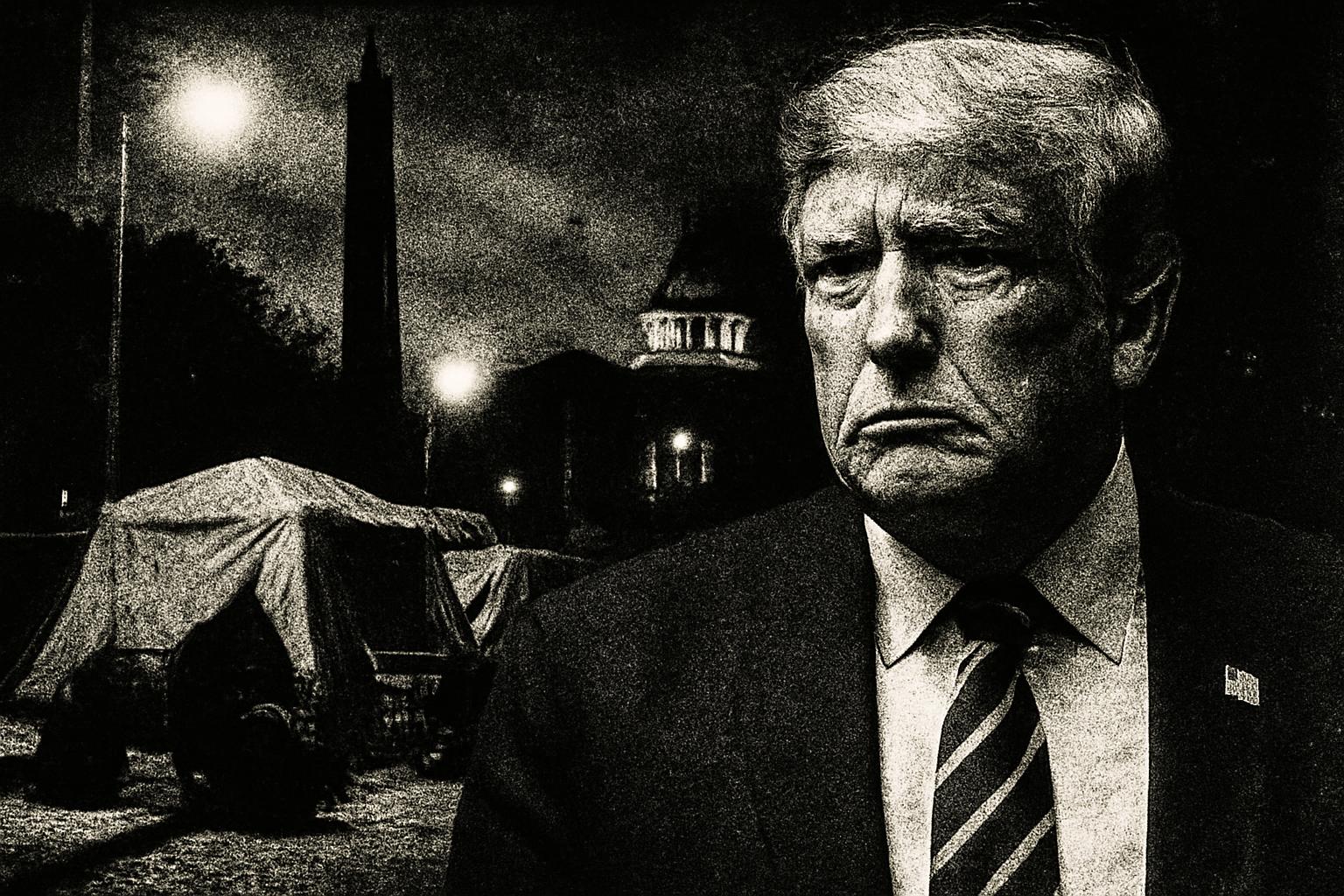- Trump urged removing homeless people from DC immediately, offering shelters far away and jailing criminals where they belong.
- A White House official said hundreds of federal workers could be sent to the city, but no final decision yet.
- Mayor Bowser pushed back, saying there isn’t a crime spike; police data show violent crime down about 26% in the first seven months of 2025 and overall crime down 7% versus 2024.
- The National Guard in DC remains under federal control; Trump has pushed earlier to ease involuntary commitments for people with mental illness or addiction, framing homelessness as a public-safety issue.
- The broader context notes safety-net gaps and homelessness, including roughly 350,000 New Yorkers without permanent housing and about 5,000 living on the streets.
They want us to buy the line that safety first means sweeping misery out of sight, while they fold the politics of fear into policy. This is a carnival of posturing dressed up as “public safety,” a flat-out power grab masquerading as care. They wave crime stats like a flag and pretend numbers prove a cure, but the real cure would be honest, long-term support—not militarized theater in a capital city. They frame homelessness as a crisis you solve by moving people off the map, not by fixing the broken safety nets, housing shortages, and addiction and mental-health care that created the mess in the first place.
Listen up: this isn’t about making streets safer. It’s about making the state bigger, louder, and more coercive. Federal boots in the capital, talk of involuntary commitments, and the threat of “remote” shelters are the toolkit for a broader playbook: centralize power, outsource enforcement, and redefine who belongs where. They call it crime control; it’s control, pure and simple. And they’ll pepper it with glossy stats and stern faces to sell it as common sense when, in truth, it’s a raw political maneuver to tilt governance toward surveillance, detention, and privatized services.
If you want my take, it stinks to high heaven. Don’t drink the numbers, watch the actions: more federal leverage, less local accountability, and a society where vulnerability is treated as a nuisance to be hidden away rather than a policy failure to be solved. The real escape hatch is investment in housing, healthcare, and dignity—not a marching order to sweep people out of sight.
